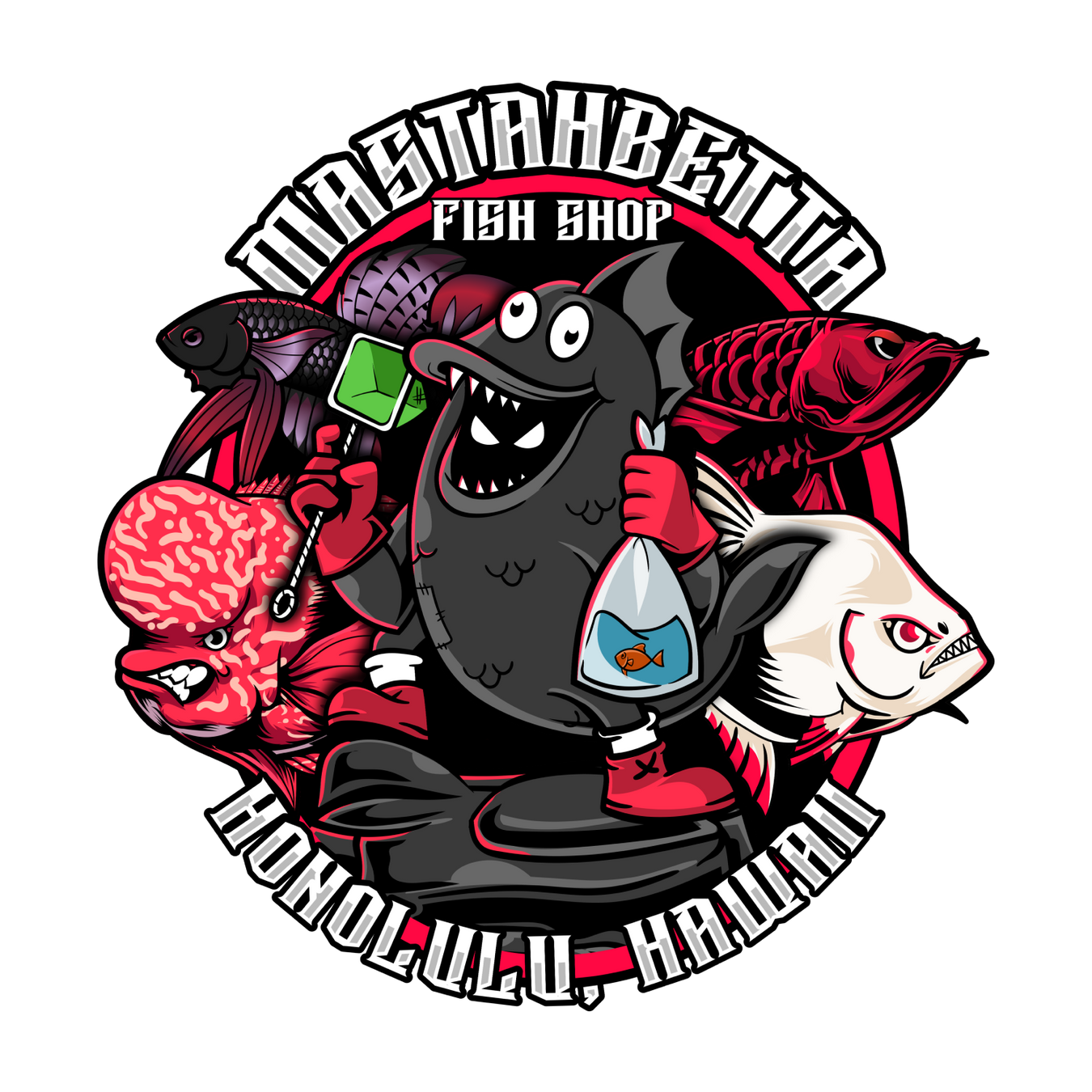About the Venestus Cichlid
Name: Venestus Cichlid
Max Size: Venestus Cichlids can reach a maximum size of about 7-8 inches (18-20 cm) in length.
Recommend pH: 7.8-8.6
Recommended Temperature (°F): 76-82°F (24-28°C)
Diet: Venestus Cichlids are carnivorous and primarily feed on small invertebrates, insects, and crustaceans in the wild. In the aquarium, they can be fed a high-quality cichlid pellet or flake diet supplemented with occasional live or frozen foods such as brine shrimp, bloodworms, and small crustaceans. Providing a varied diet is important to promote their overall health and coloration.
Temperament: Venestus Cichlids are known for their semi-aggressive temperament. They can be territorial and assertive, especially during breeding or when establishing their hierarchy within a community tank. It's recommended to provide them with adequate space and avoid keeping them with overly timid or docile tank mates.
Schooling or Non-Schooling Fish: Venestus Cichlids are non-schooling fish, but they are social and can be kept in groups. However, it's important to provide enough space and hiding spots to minimize territorial disputes. They are generally best kept as solitary individuals or in mated pairs.
Possible types of tank mates: Venestus Cichlids are best kept with other medium to large-sized cichlids that can hold their own against their assertive nature. Good tank mates include other Lake Malawi cichlids such as Yellow Labs, Red Zebra Cichlids, and Acei Cichlids. It's important to avoid keeping them with smaller, more peaceful fish that may become targets of aggression.
Behavior: Venestus Cichlids are known for their vibrant coloration and impressive size. Males typically display brighter and more intense colors compared to females. They are active swimmers and enjoy exploring their surroundings. They will often stake out territories and defend them vigorously, displaying their assertive behavior towards other tank mates.
Fun Fact: Venestus Cichlids are sexually dimorphic, meaning males and females have distinct physical differences. Males typically display a bright yellow coloration with black vertical stripes, while females have a more subdued coloration with lighter tones and fewer markings. This dimorphism adds to the visual appeal of these cichlids and allows for easy identification of their sex.


